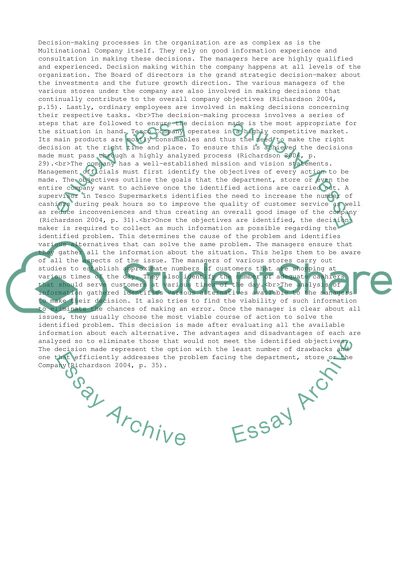Cite this document
(“Managing Communication, Knowledge and Information Essay”, n.d.)
Managing Communication, Knowledge and Information Essay. Retrieved from https://studentshare.org/business/1451165-managing-communication-knowledge-and-information
Managing Communication, Knowledge and Information Essay. Retrieved from https://studentshare.org/business/1451165-managing-communication-knowledge-and-information
(Managing Communication, Knowledge and Information Essay)
Managing Communication, Knowledge and Information Essay. https://studentshare.org/business/1451165-managing-communication-knowledge-and-information.
Managing Communication, Knowledge and Information Essay. https://studentshare.org/business/1451165-managing-communication-knowledge-and-information.
“Managing Communication, Knowledge and Information Essay”, n.d. https://studentshare.org/business/1451165-managing-communication-knowledge-and-information.


